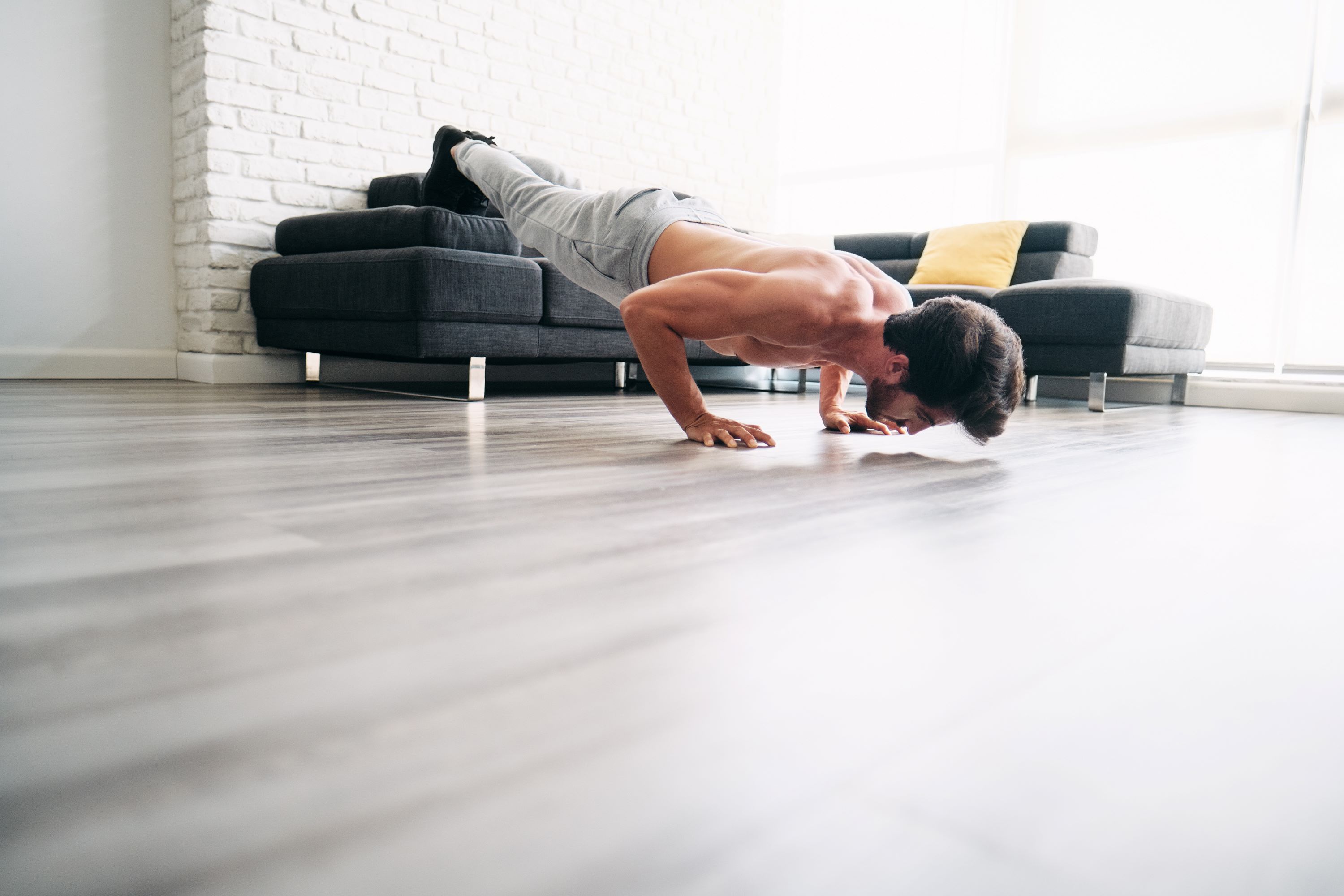Your body was made to move. Exercise provides a range of health benefits, including feel-good endorphins, hormone release, and improved balance and posture. The American Heart Association recommends getting at least 150 minutes of moderate-intensity aerobic activity every week or 75 minutes of vigorous aerobic activity per week, or a combination of both. Any exercise is better than no exercise at all. The question is: does it matter when you manage to fit those minutes into your schedule? Will you still get the benefits if you only work out on the weekends? Researchers shined a spotlight on this question and yielded interesting results.
The study

The study out of Harvard-affiliated Massachusetts General Hospital was published in Circulation. The researchers assessed information on 89,573 individuals in the U.K. Biobank study. These individuals wore wrist accelerometers that recorded their total time spent at varying exercise intensities as well as their total physical activity over one week.
The researchers used the AMA and CDC guideline threshold of 150 minutes per week of moderate-to-vigorous physical activity and categorized the participants into three groups:
- Regular exercisers
- Weekend warriors
- Inactive
They looked for associations between physical activity patterns and 678 conditions, including different types of diseases like digestive, neurological, and mental health.
The results

The findings showed that the regular exercise patterns and the weekend warriors were both associated with significantly lower risks of 264 diseases compared to the inactive group. The strongest associations were for the cardiometabolic conditions. For example, the weekend warriors had a 23% lower risk of high blood pressure or hypertension over a median of six years, and the regular exercisers had a 28% lower risk. The associations were clear in all disease categories.
Do what feels best for you

Whether you’re working out more regularly throughout the week or just on one or two days, as long as you’re getting the recommended 150 minutes, you’re taking positive action for your health. That being said, working out intensely for over an hour isn’t suitable for everyone, so do what feels best for you and consult with your doctor, healthcare provider, or physical therapist if you have any questions or concerns about your exercise plan.
Most people who only work out on the weekends say they just don’t have time during the week. The good news is that if you’re one of those people, you’ll still see similar results and lower disease risks, so you should continue powering on and be proud that you’re a weekend warrior.




